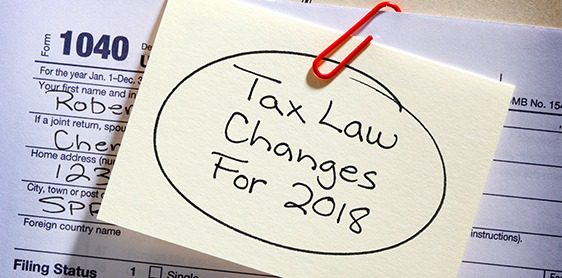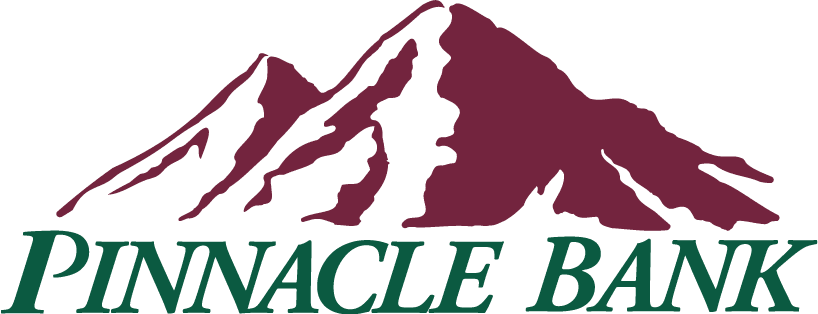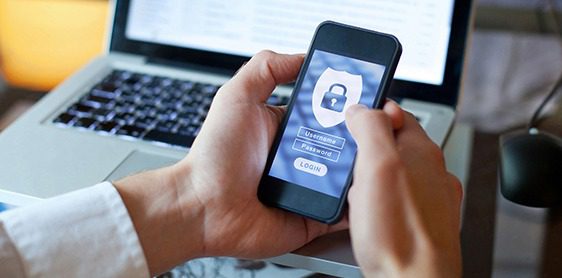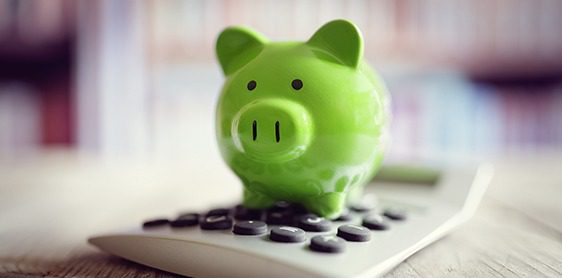
Yes, it may have been born thanks to the bickering of politicians.
But today, the Tax Cuts and Jobs Act is impacting employers and employees all over America. Its supporters claim it will lower taxes on businesses and individual taxpayers, as well as, make tax filing simpler and easier. The end result of all that, they say, means a boost in business growth and personal spending. Is that the case? Time will tell.
One of the most immediate results of this tax reform? Additional cash in personal paychecks.
Starting in February, employers received new tables for tax withholding. This means most employees didn’t have to do anything to get their paychecks rolled back to the updated tax rates.
So, what else changes with this new law? Here are some of the highlights.
Not all deductions are created equal.New tax laws mean different deductions. One example, fringe benefits like moving expenses are now considered taxable for 2018 through 2025. Check in with your accountant to see what else might change for you or your business.
Health reform rules rolled back. A health care rule changewas folded in with this tax reform. Employers are still required to provide health care benefits to their full-time employees, but law makers cut penalties that came with the Affordable Care Act’s individual mandate. Translation: the Obamacare law that required all people to buy insurance or face fines has ended. This change will start in 2019.
Tax rates are changing. Tax reform impacts everyone in every income category. Rates in several categories are going down. Tax rates for earners up to and over $1 million will see rates dip. Backup withholding rates will also head south with this law, too.
Navigating the world of taxes, tax rates, and withholdings can feel overwhelming, especially with all the changes this new law has brought. But staying informed and educated is big step in the right direction.






